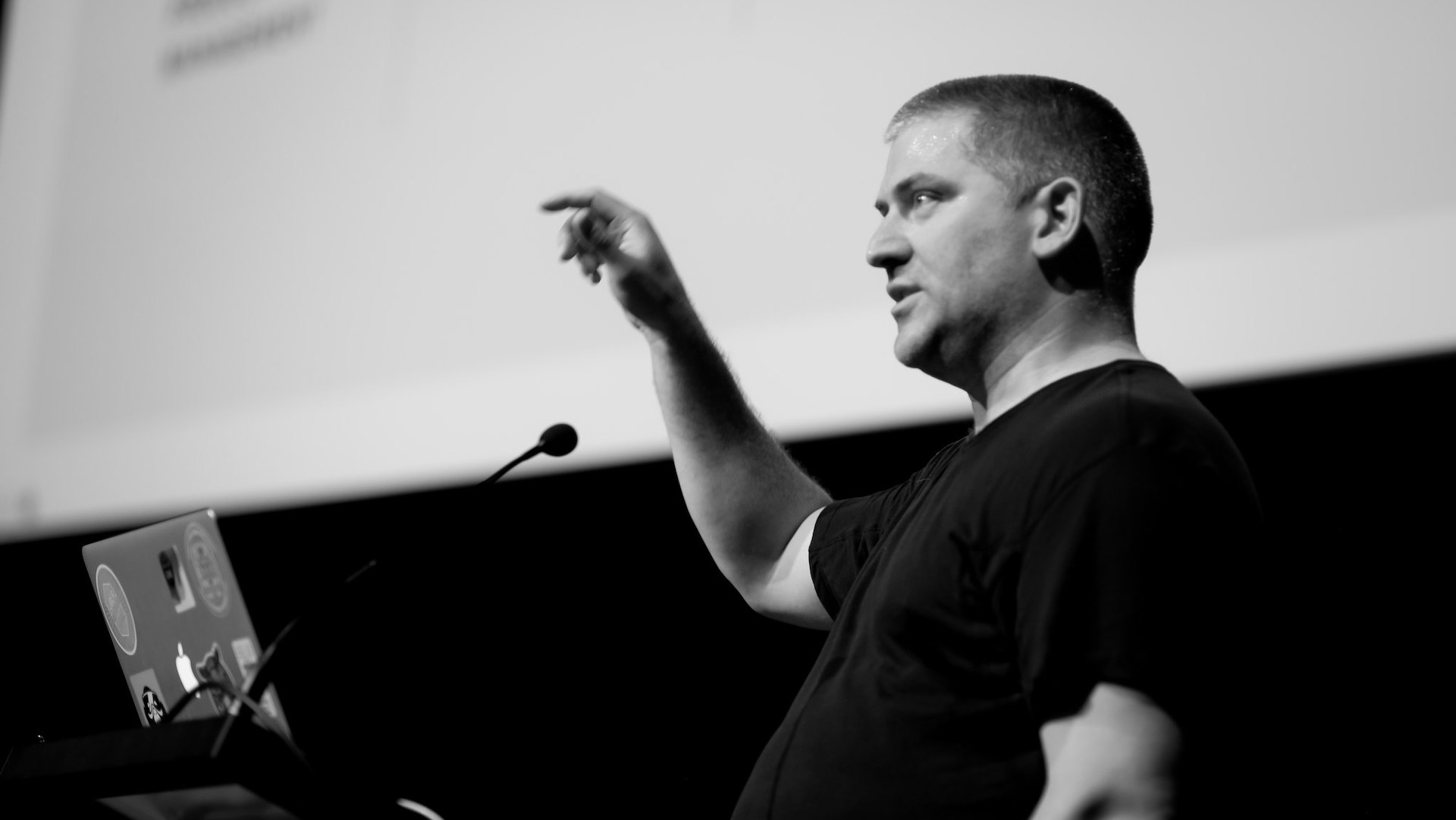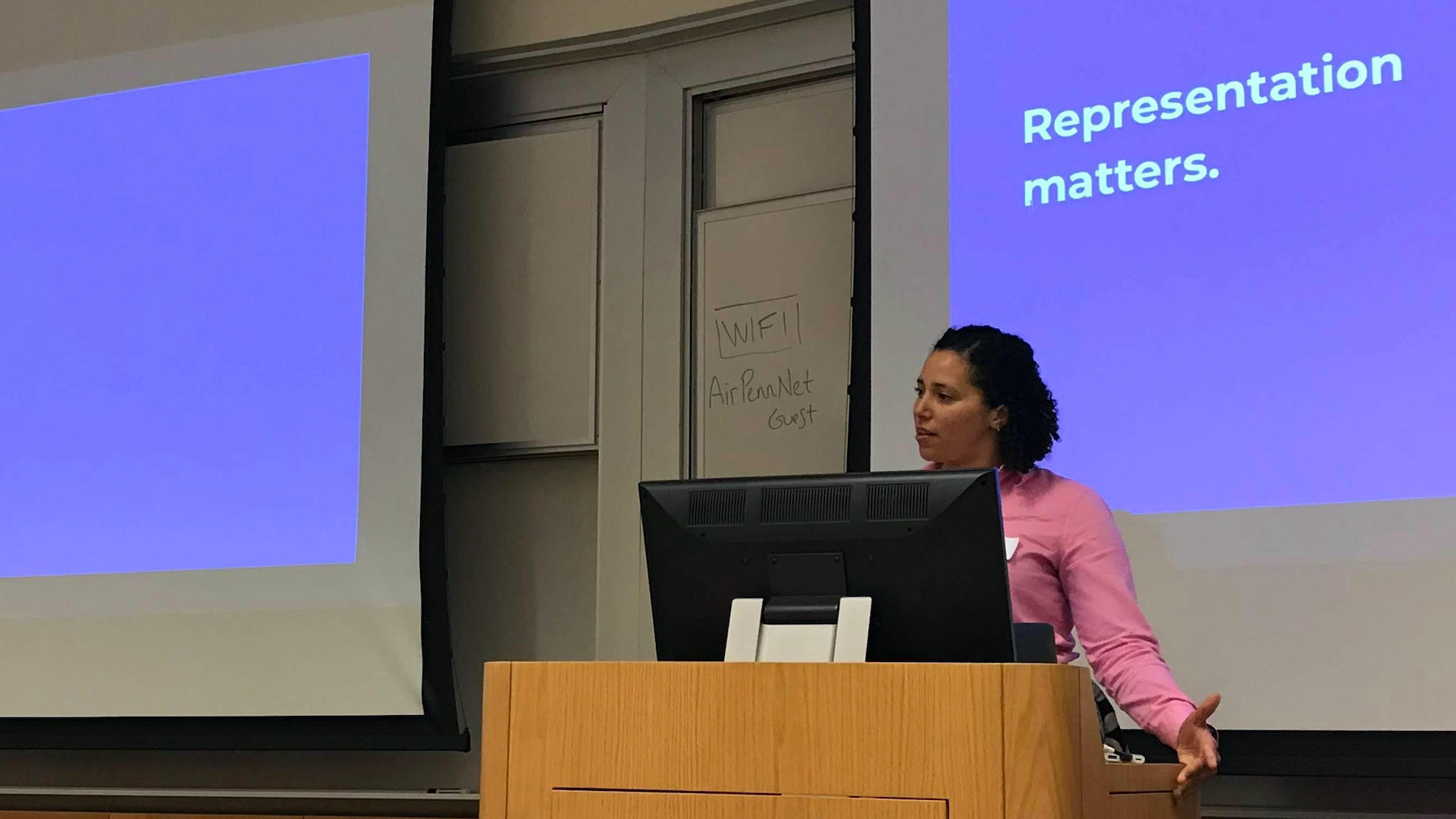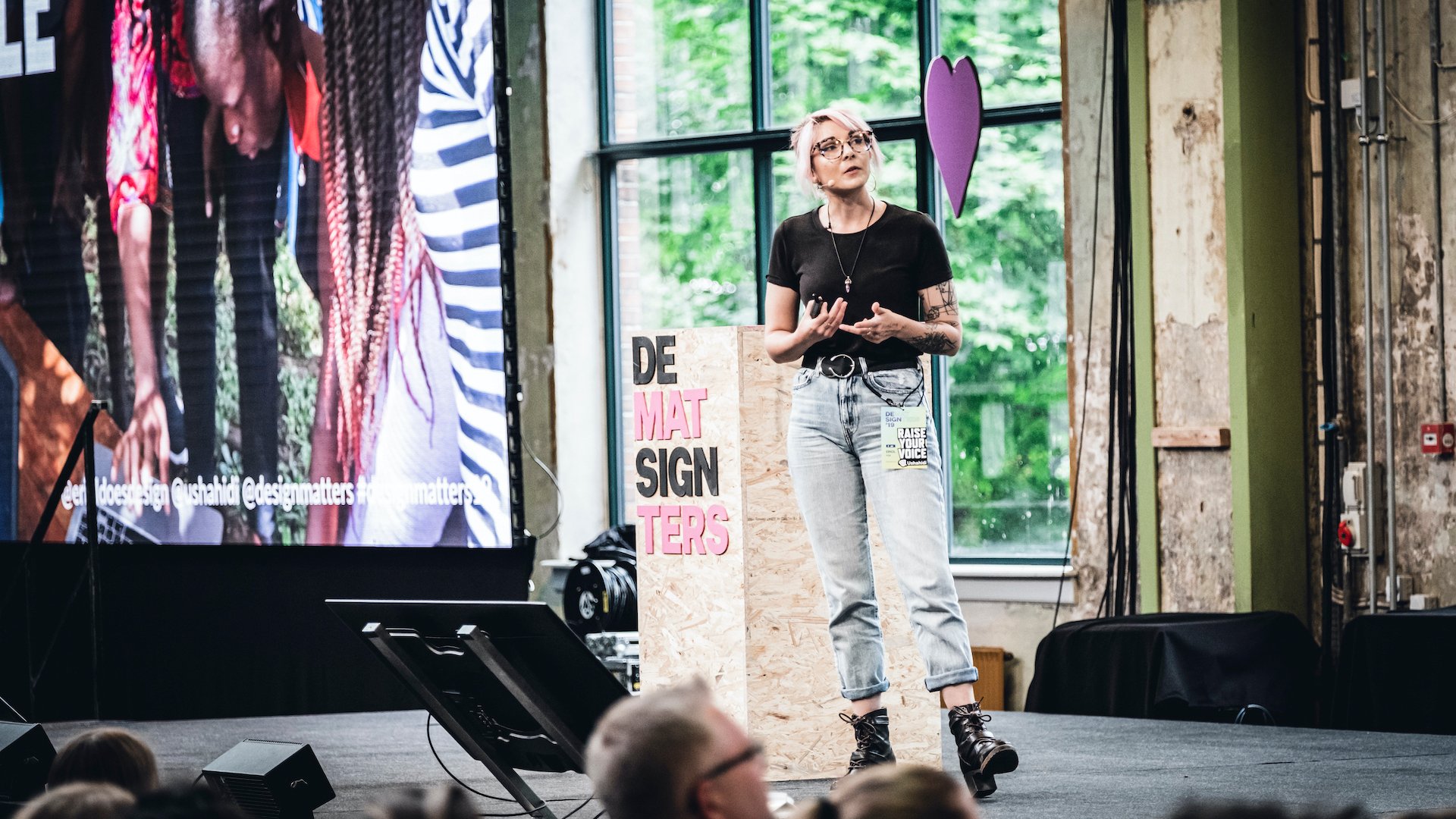When the pandemic hit, teachers and students found themselves in virtual classrooms. Suddenly teachers and students who were used to online school had to quickly adapt. Often, those shifts were painful for both students and teachers.
When you design software for education and suddenly more people than ever are learning online, a new set of problems tends to surface. “Teachers and learners have been required to start teaching online, often with very little preparation time, and we need to make that easier for them,” said Nick Dingle, principal product designer at D2L in Kitchener.
As part of our ongoing series about how UX researchers and designers are adapting their work to a remote world, Dingle shares how he connects with his team, how he now finds it easier to get focus time, and how the pandemic has changed how he sketches designs.
How has the pandemic changed how you’ve approached your work as a designer/researcher?
I don’t think the pandemic has really changed the way I approach design work from a process standpoint; the same types of activities — research, exploration, prototyping, testing, etc. — are still required on projects.
However, D2L makes software for education, and the pandemic has definitely added a new class of problems for the users that I'm designing for. Teachers and learners have been required to start teaching online, often with very little preparation time, and we need to make that easier for them. I suspect there are also many problems that we’re not even aware of yet, which will only become clear with time and research.
What design and research tools are you using now, if any, that you weren’t before?
At D2L we already had a geographically distributed team before the pandemic hit, so we were already accustomed to using online communication tools like Zoom, online whiteboard tools like Miro, and remote research sessions with users. So that hasn’t really changed too much due to the pandemic. I guess the one thing that has changed is how I sketch. I used to explore ideas with a pencil and Moleskine (notebook), but recently I got an Apple Pencil for my iPad and I've been experimenting with that. I really like it so far because it makes sharing sketchy concepts online a lot easier since cutting and pasting drawings between the iPad and the Mac is so easy.
Which design and research tools, if any, have you stopped using now that you were using before?
In our office in Kitchener you can draw on every table and wall with a whiteboard marker, and we have rolling whiteboards everywhere. That’s still a tool that isn’t perfectly replicated online, because everyone has a slightly different setup at home and there's something ineffable about being able to stand next to someone and collaborate in the same thinking space.
How have you adapted your work during the pandemic?
My wife and I both work from home, and our kids were doing online school for the first year and a half of the pandemic (they’ve been back in the classroom since September 2021), so I’ve mainly had to adapt to working on a weirder schedule. Sometimes I’ll make lunch, other times I'll work until 4 p.m., take a break to make dinner and then work later that day. We've also tried to implement measures on our team to keep people connected via online coffee hangouts, randomly selected one-on-ones with another designer, and playing online board games.
Is there anything you wish you knew now that you didn’t when the pandemic began?
How long it would last! I packed up my desk in March of 2020 assuming I’d be back in a few months. I had to go back to the office and pick up some design books and it looked like an apocalypse had hit; my whiteboard had the same drawing on it that it had a year earlier. Weird.
I’ve also really come to respect how important the ‘soft’ work of being in the office is — being able to get hallway feedback from someone, or just bump into someone who isn’t on your direct team and hear what’s happening in another part of the organization. Those are hard to seek out online, and I miss them. A colleague sent me an article and it really resonated with my pandemic experience.
What’s changed about your practice that you’ll keep doing after the pandemic is over?
In the before-times, when we were all working in open-concept offices, I think there wasn’t enough respect given to large chunks of uninterrupted focus time. Getting into a flow state is absolutely critical when you’re working on the design for a challenging problem. Luckily, working from home has actually made it easier to get this focus time, by reducing the number of drive-by interruptions that can happen (so long as you keep your Slack, or Teams or email apps closed). Being focused on a design problem is also my happy place, so I don't plan to give that back up. Luckily I work at a place that is very supportive and flexible with it's back-to-office policies.
Miss a story in our series? Catch up on how UX designers and researchers have adapted their work during the pandemic now.





